Lessons from a Canoe on the Bowron Lakes
Words by Dalene Heck / Photography & Videography by Dalene & Pete Heck
“You’re going to think I’m weird, but I want to go look at that patch of grass,” Dave said. We were in the middle of Bowron Lakes Provincial Park on the last of our four-day canoe trip, with crisp bluebird skies that contrasted the snowy peaks overhead. Their angles reflected off of the sparkling water just under our boat. Dave steered us off course, the other canoe anchored by Dave’s friend Stan would soon swerve right to follow us. Maybe Stan would question our sudden diversion, but probably not. I expected that Dave’s long-time friend may be accustomed to his impulse to explore every corner. I had only spent a few days with him, but I was not surprised by it either.
And I did not think he was weird at all. I wanted to look at that patch of grass, too.
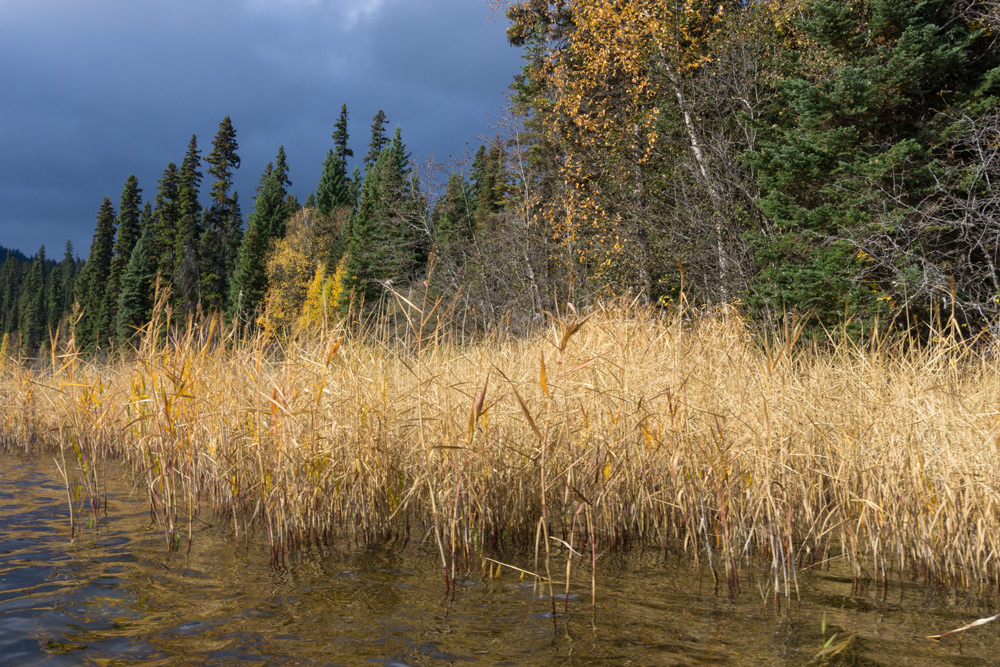
It was reed canary grass. Some consider it invasive, it can be toxic to animals, and it would never have caught my eye had Dave not honed in on it. In his 20 years of paddling the Bowron, Dave had never seen it anywhere else in the park except for this one unique spot. It grows to seven feet tall and is used by some farmers as a rich agricultural grass on very wet soils, hence its new home on the flood line of the lake. As we glided past it on the canoe, an up-close review confirmed Dave’s suspicion of its being. From there, we gradually pointed back on course. My gaze returned from the water level to the soaring peaks around me, but smiling from this timely lesson on perspective that our guides Dave, his wife Cheryl, and their friend Stan, repeatedly taught us on this trip.
It’s easy to marvel at mountain peaks. Igniting admiration at the micro level takes a bit more work.
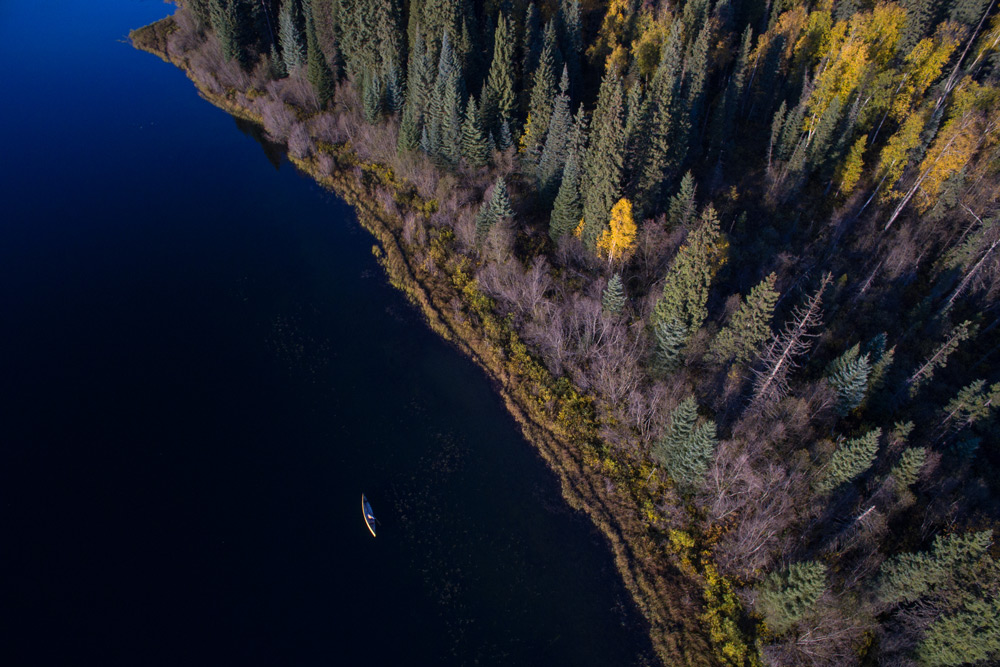
There was no better place to learn this than on a popular canoe circuit at the end of the season when poking around every corner could be done so undisturbed.
Our Experience of Canoeing the Bowron Lakes
The Bowron Lakes Circuit is a series of 12 lakes and rivers, a 116 km chain that is almost entirely connected in a perfect square, save for a few sections where short portages are required. Nestled among the Cariboo Mountains, it naturally became a route that draws avid self-propelled boat enthusiasts worldwide. A limited number of paddlers can start the circuit each day during the busier summer months to keep it manageable. By the time we began, at the very edge of the higher season, and considering that snow was in the forecast, we almost had it entirely to ourselves. In the first two days, we only encountered seven other people. We shared campsites with no one.
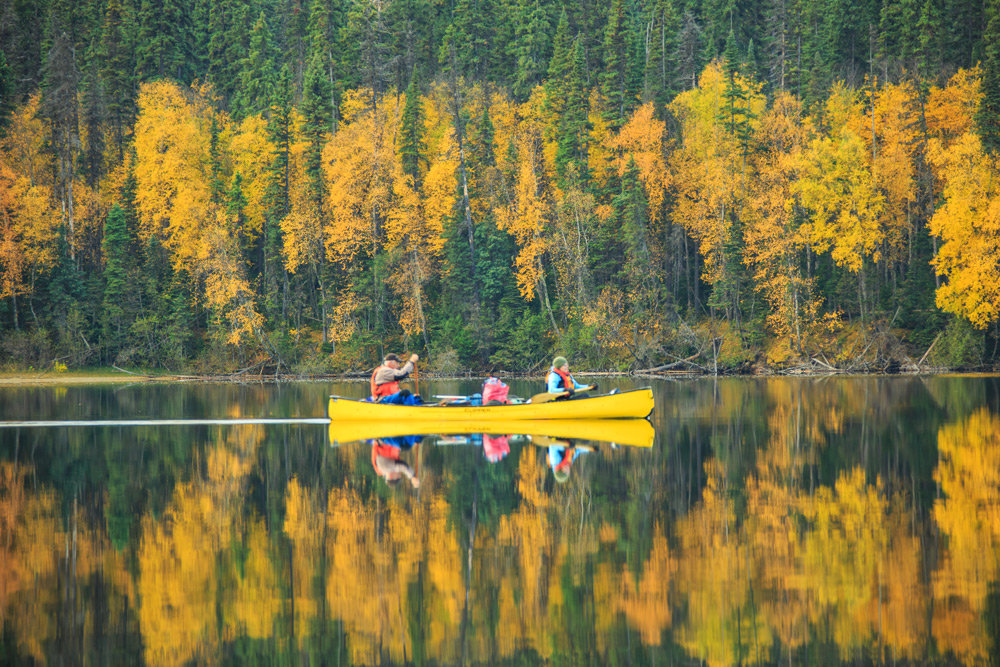
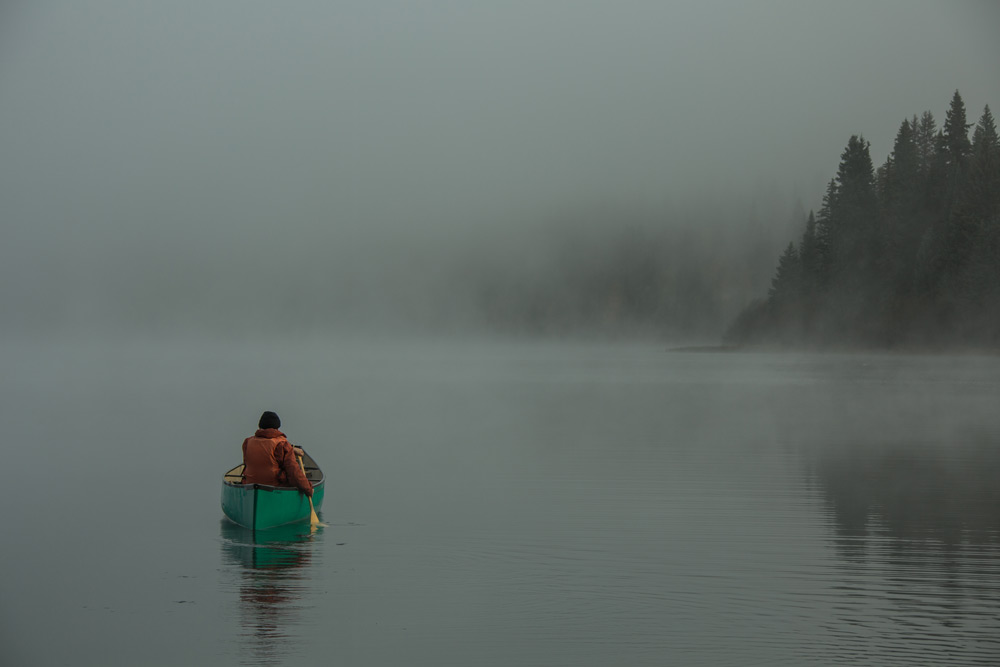
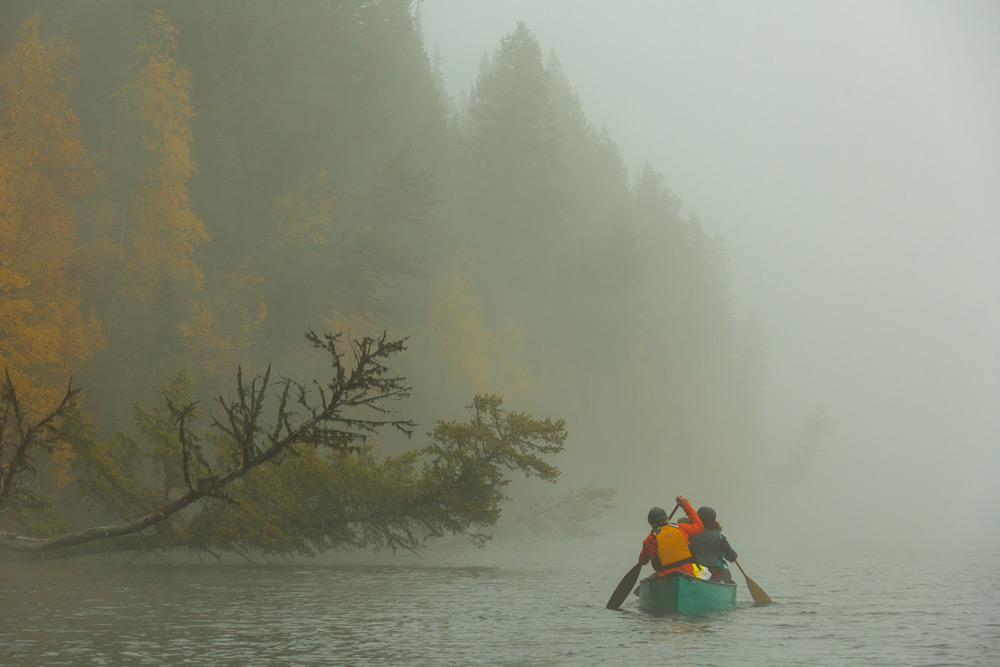
We completed roughly half of the circuit and returned within four days (most people do the whole circuit in about a week). The paddling was thankfully smoother than predicted. Due to an unfavourable forecast, we were anticipating hours where we would have to bear down and “get through it.” Cirrus clouds sometimes spread their long fingers across the sky during our journey, causing worry about weather set to roll, but we remained largely dry and warm after the first misty morning. On the last day, we woke up to tiny patterns of drizzle on our tent, but that was the worst of it. The sun broke through and dappled the mountains before breakfast, and the water was as still as it was on day one.
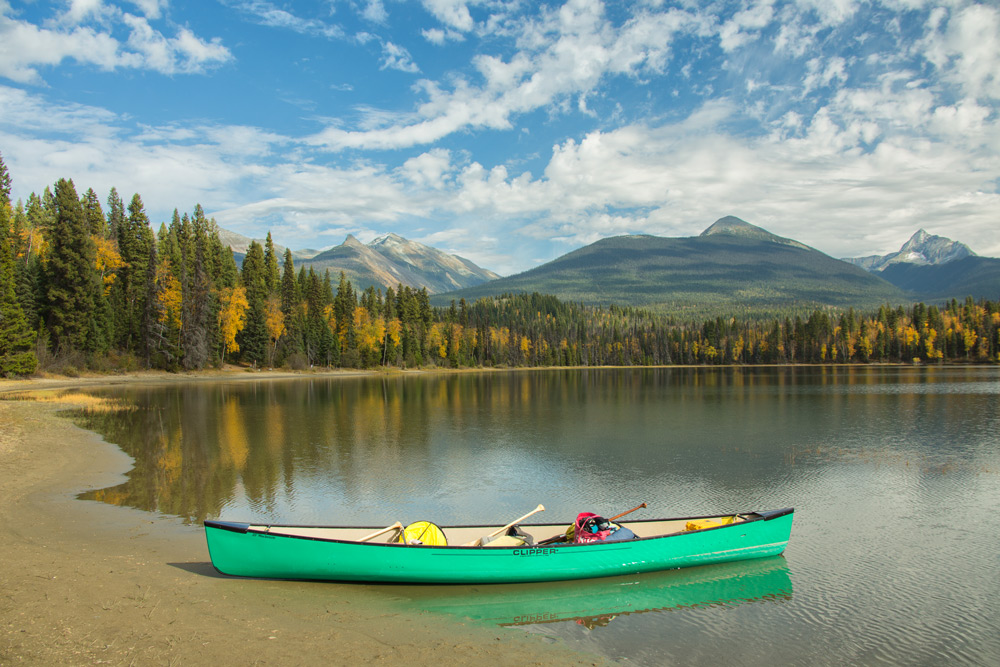
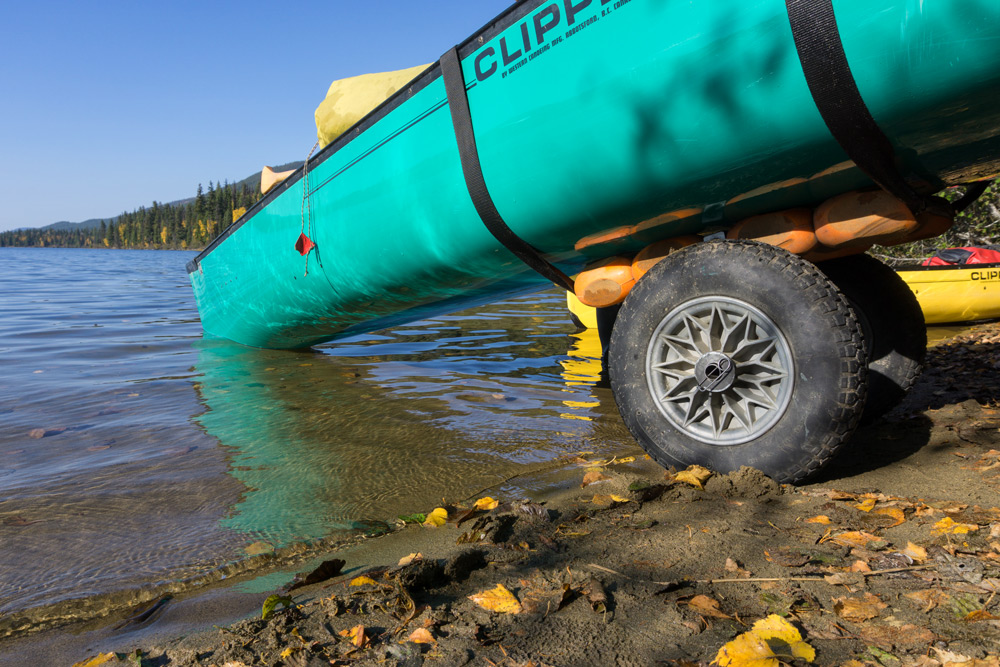
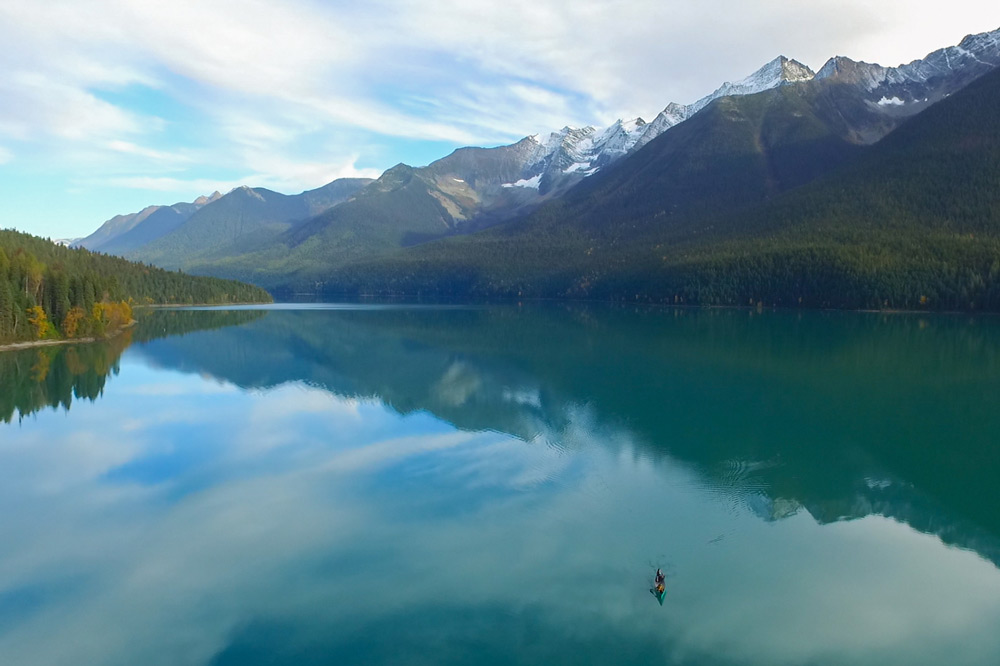
What may be surprising to readers (as it was to us) is that while the stunning scenery was all we expected, with snowy peaked mountains and brilliant fall foliage elevating this pocket of our country into one of the most impressive we’ve ever experienced, it wasn’t the grandeur that made this trip most memorable. It was the grass, for starters. Not that it was particularly beautiful as far as grass goes, but our interest was definitely piqued. How did it get there?
We were both surprised that we cared about it at all. Or about the schmoos. The crew implored us to stop on one beach where an abundance of flat and donut-shaped stones with a curious name lay scattered all along the mucked surface. Their origin is entirely unknown, but we were fascinated by them nonetheless, showing off those we found that were bigger or more perfectly rounded.
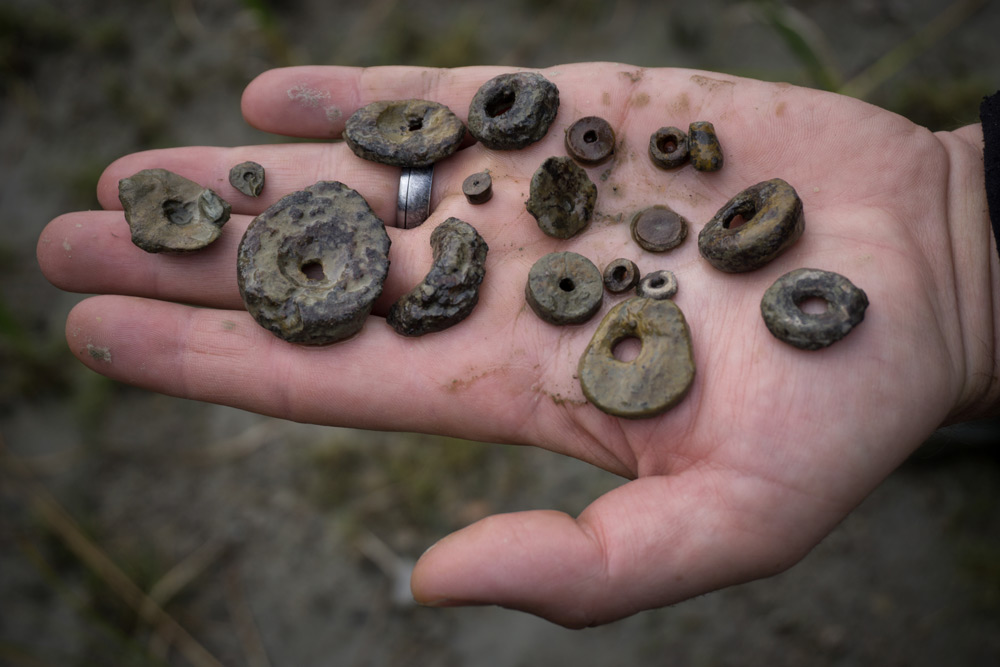
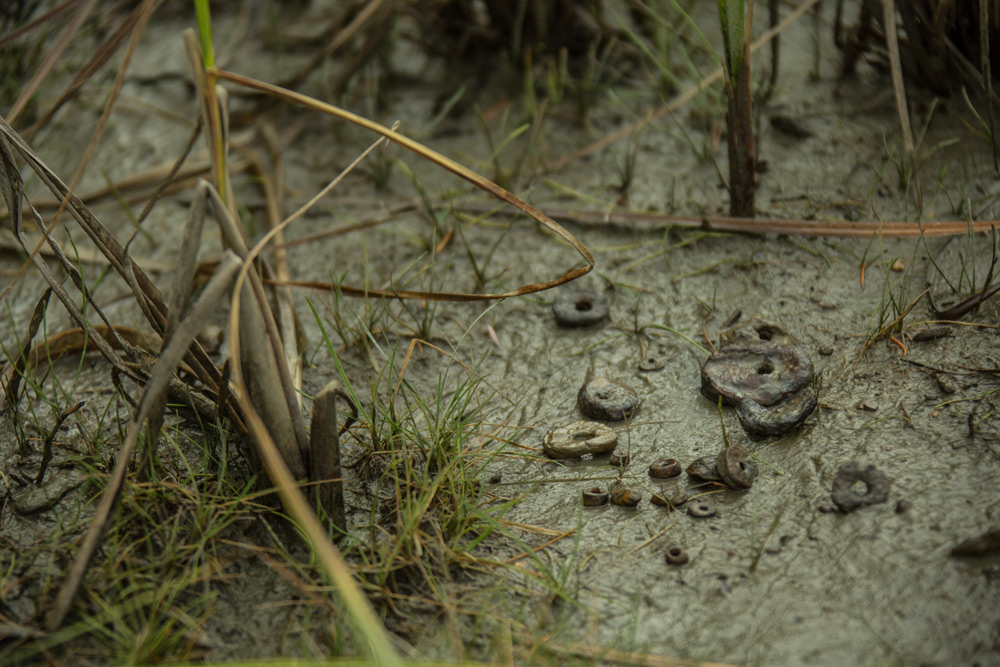
And we even found ourselves looking at poop with a whole new sense of wonder. Ever on the lookout for wildlife, we followed in Cheryl’s footsteps as she discerned the origins of all we found (moose, caribou, bear?) and approximately how long each pile had been left behind. The closest we got was to a grizzly who had clearly just feasted on berries nearby and dropped his scat on a beach about an hour before we rested there for lunch. None of us strayed far from the bear spray that noon hour as we devoured the meal Cheryl had prepared for our journey.
At that point, we were hardly fazed by any such thing. The details, even of feces, endeared us to the experience more than we ever imagined. Credit for that goes to our circuit companions, who had us inspecting what was at our feet as much as what soared over our heads.
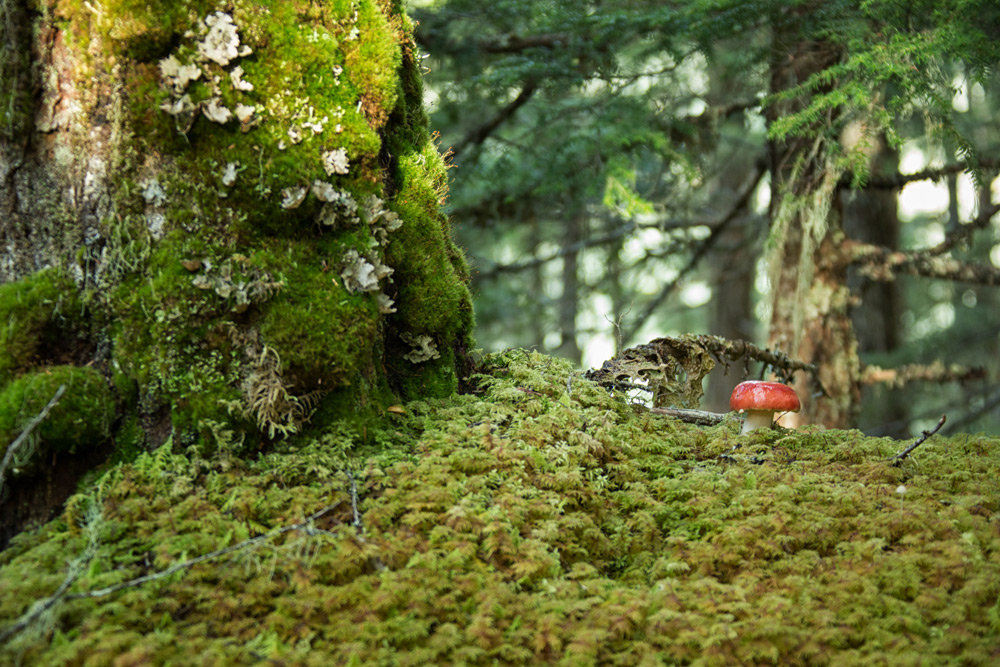
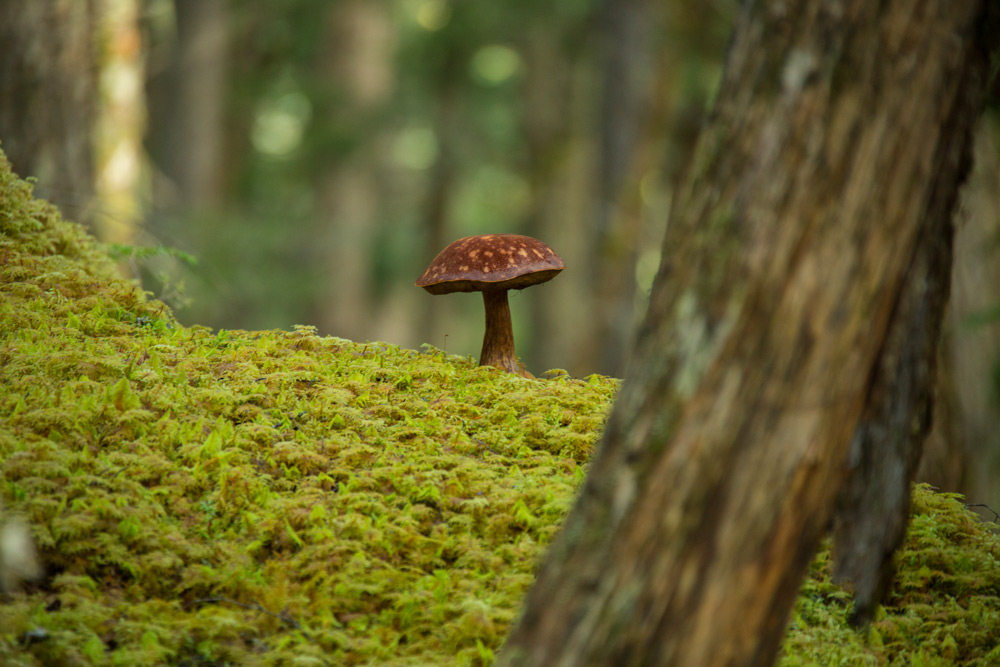
Both Pete and I looked at everything in a brand-new way. We eagerly pulled our canoes over to walk through mossy forests that likely saw very few footprints. We analyzed everything on a tiny level. “It’s amazing what can happen in a square inch,” Dave said. He and I were both crouched and inspecting the forest floor. We had taken a break to stretch our legs and climbed over tree limbs and rocks to find ourselves inspecting flowers, mosses, and mushrooms. “There’s a tree trying to grow through here,” he said, pointing to a tiny sprig, “There are three different types of moss and a small stone poking out. If this were on a grand scale, we would stand in awe of it,” Dave said. It made me think of grand natural wonders like the California Redwoods or New Brunswick’s Hopewell Rocks, with tourists flocking and pushing their way to the front for a photo. And there we were, peacefully huddled with wonders in front of our noses, inhaling the still and earthy aroma.
We were at our own Redwoods and Rocks. We just needed to use our imagination.
The lessons never ended. Dave, Cheryl, and Stan felt like fast friends, imparting wisdom that can only be found by slowing down, enjoying single moments as much as single inches. In our own rush of the world and to see those sights known for imparting awe, they taught us instead how to find it all around us. When Dave wasn’t identifying grasses, he was patiently teaching us the ways of the canoe – J stroke, sweep stroke, draw stroke – the crew patiently let Pete and I steer and zigzag as we tried to leave our kayak instincts behind and figure out how much we could correct the boats without overcorrecting. Cheryl relayed camp, and cooking tricks (tomato soup made with coconut milk!), and Stan made sure we missed nothing else on shore.
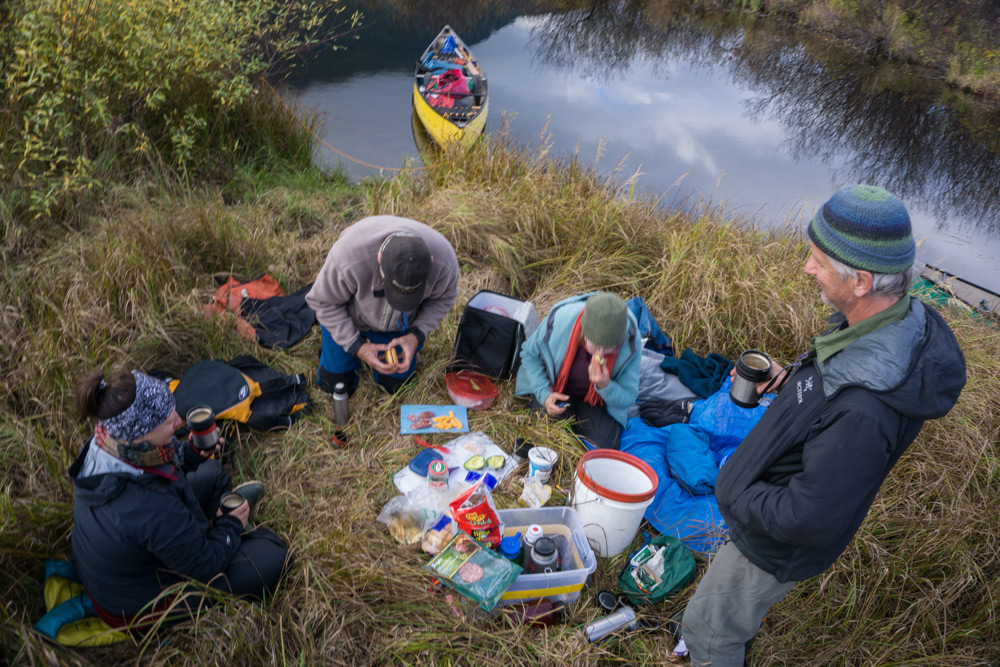
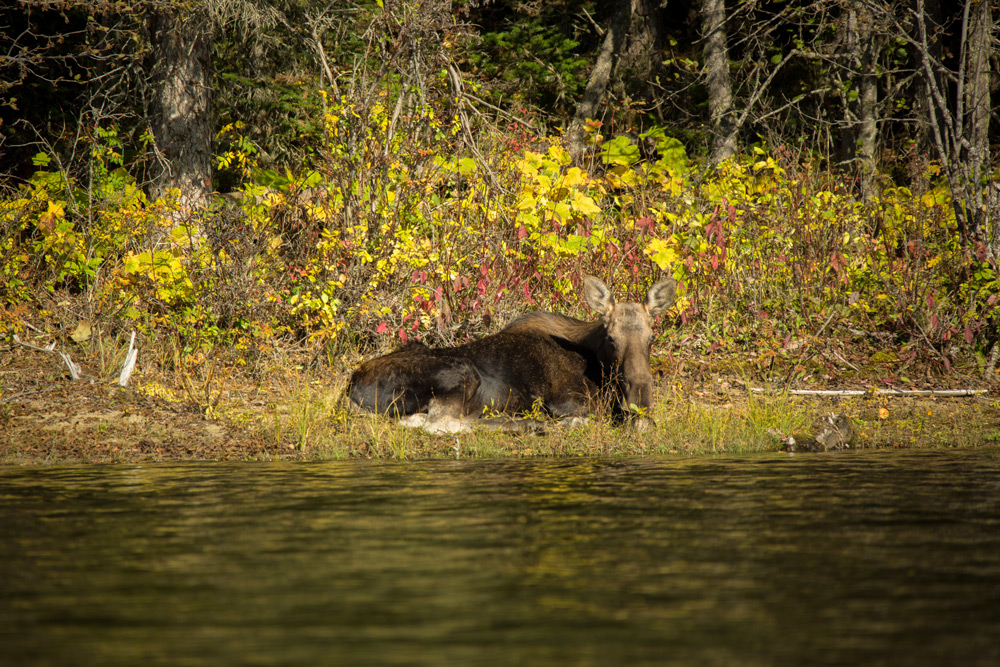
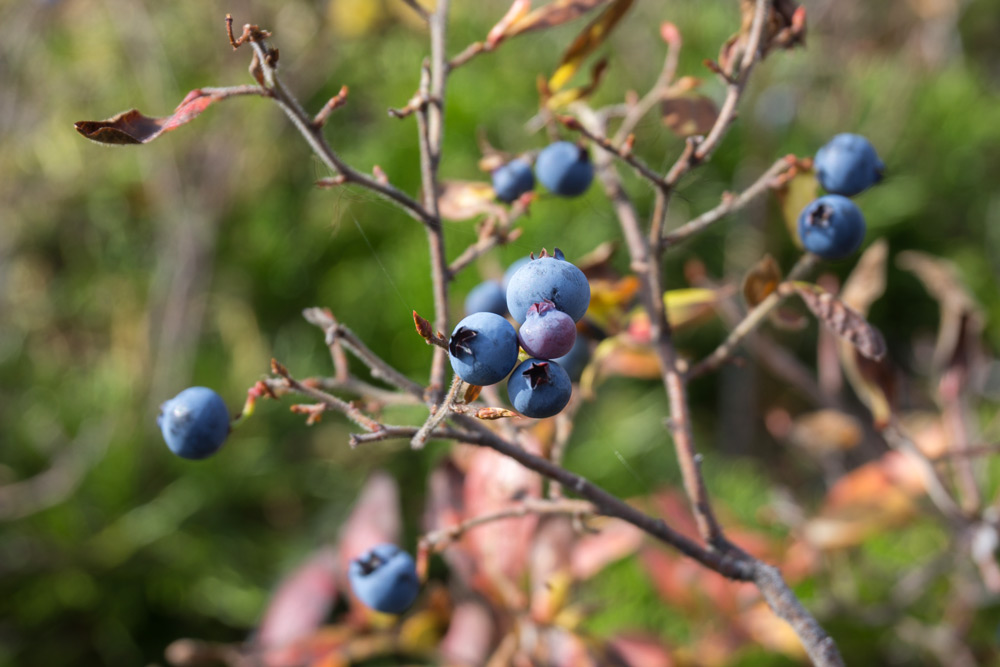
One day, we did what might be the most Canadian thing possible: we tied up our canoes to have lunch in an actual moose bed while loons called out frequently nearby. On another shore, Stan pointed out a dark, gangly moose as it rested in the sun. We traipsed kilometres through wild blueberry bushes (stopping to sample often, of course) to the large rushing Cariboo waterfall, the sound of which was the most jarring we experienced in our four days.
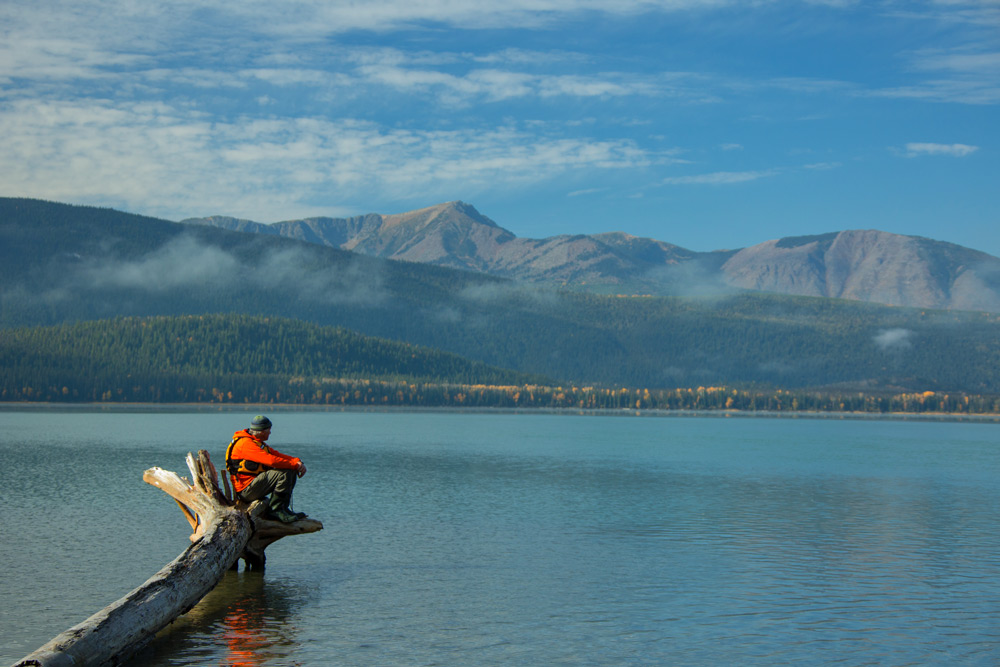
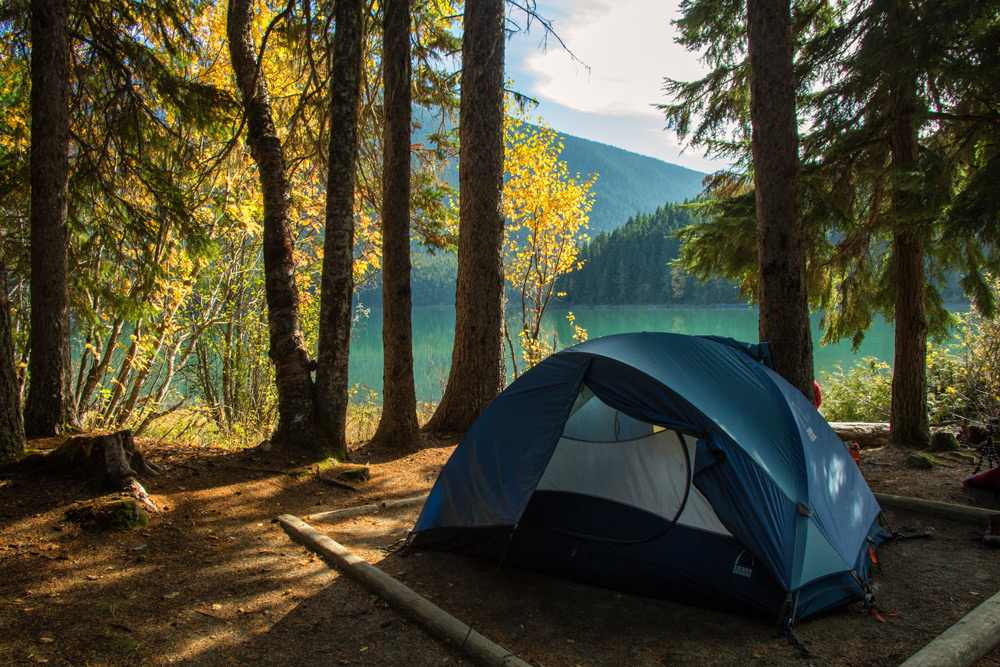
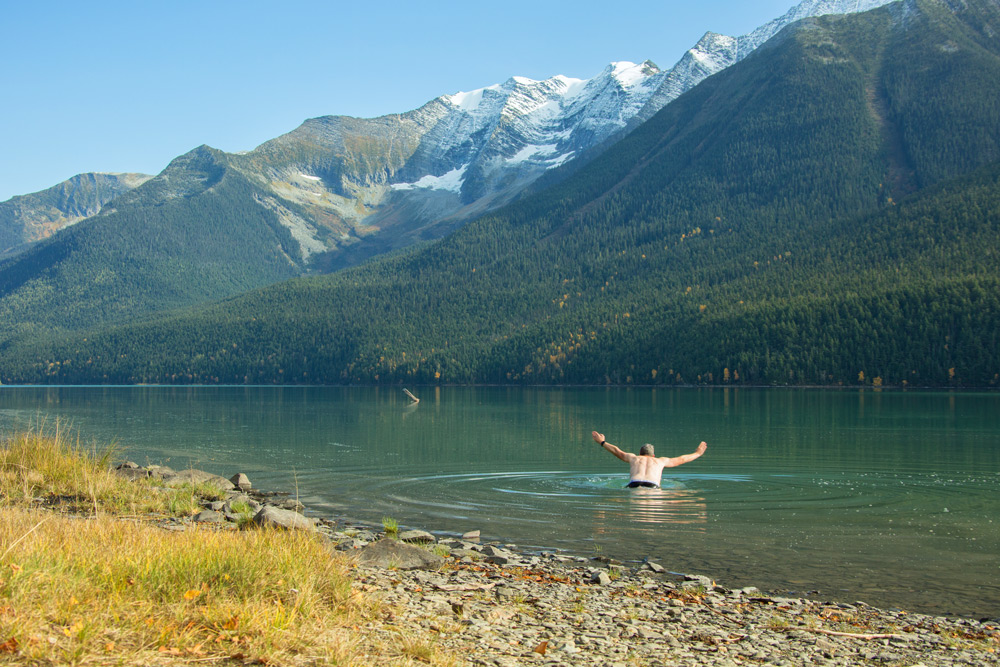
By night, with nothing else to distract us (besides Pete making us pose for photos), we sat around the campfire, calling out answers to crossword puzzles.
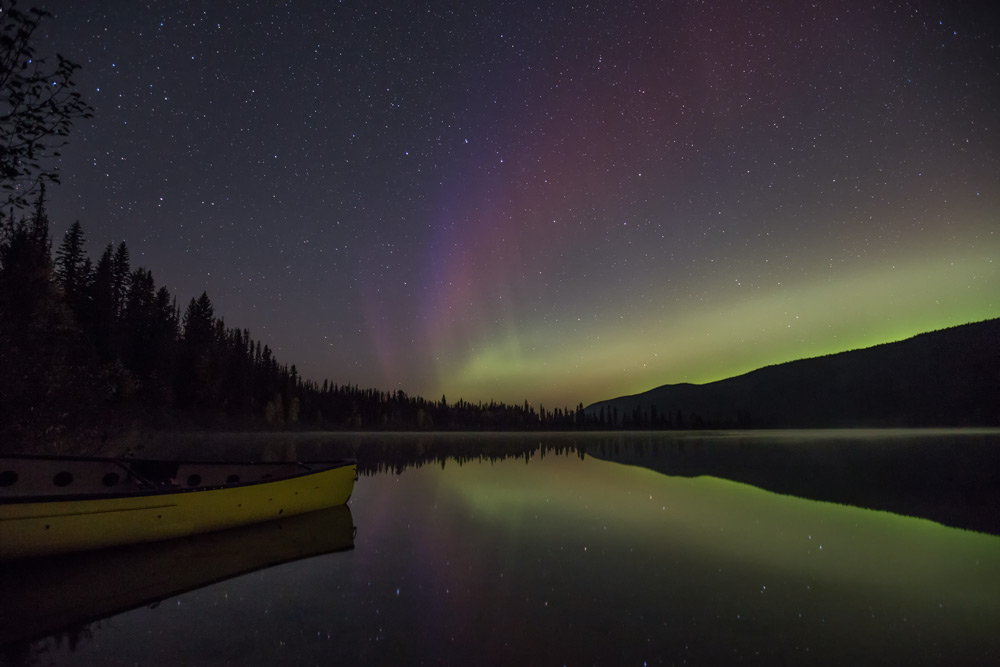
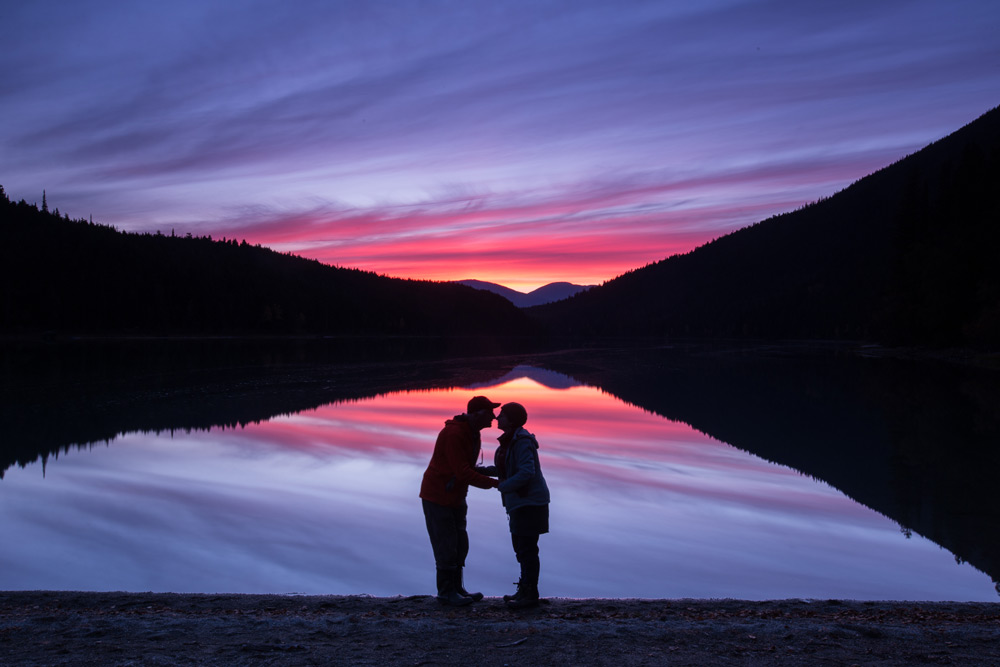
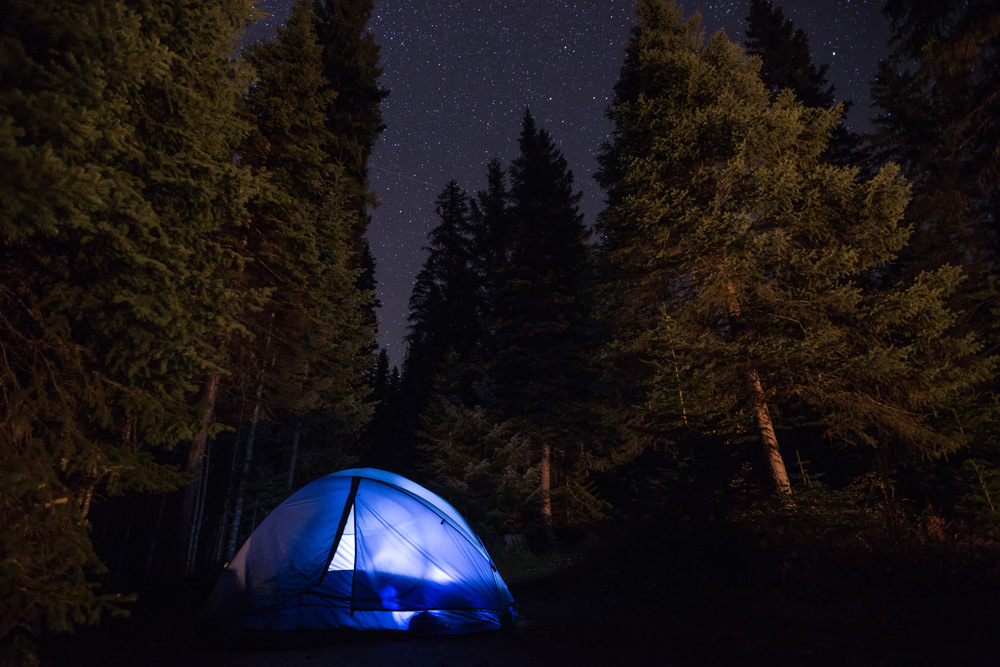
For all of our craving of new on grand scales, here we were, with three new friends who taught us to find a similar result within a smaller radius, and so much more. The three of them constantly map new trails up and down area mountains with boots or skis. Dave himself has been on over 200 trips into the park – he has re-discovered trails, camping sites, and historic locations that were otherwise long forgotten, connecting him further to what others consider just a place to paddle. Dave and Cheryl have even created new community events that bring new experiences to themselves and anyone else lucky enough to know about them. They admit that their desire to travel beyond their home has diminished. There’s just too much yet to do here.
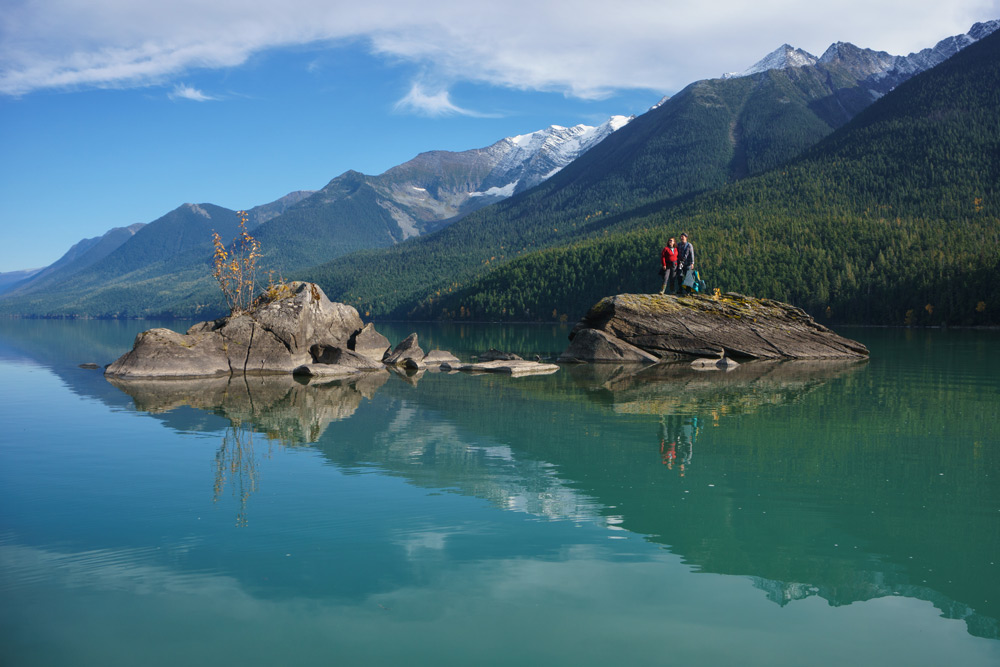
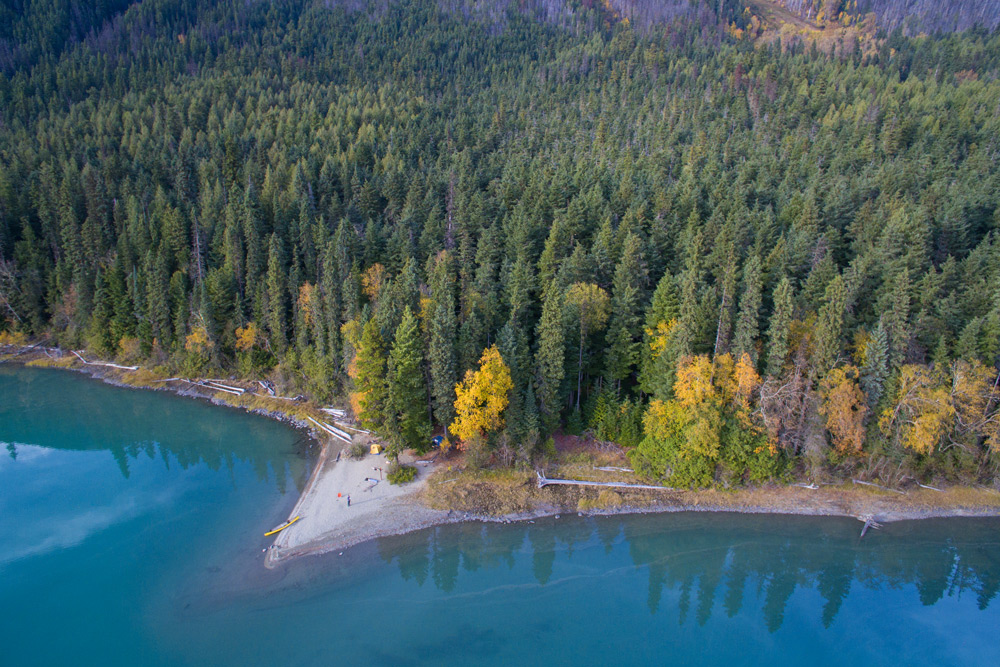
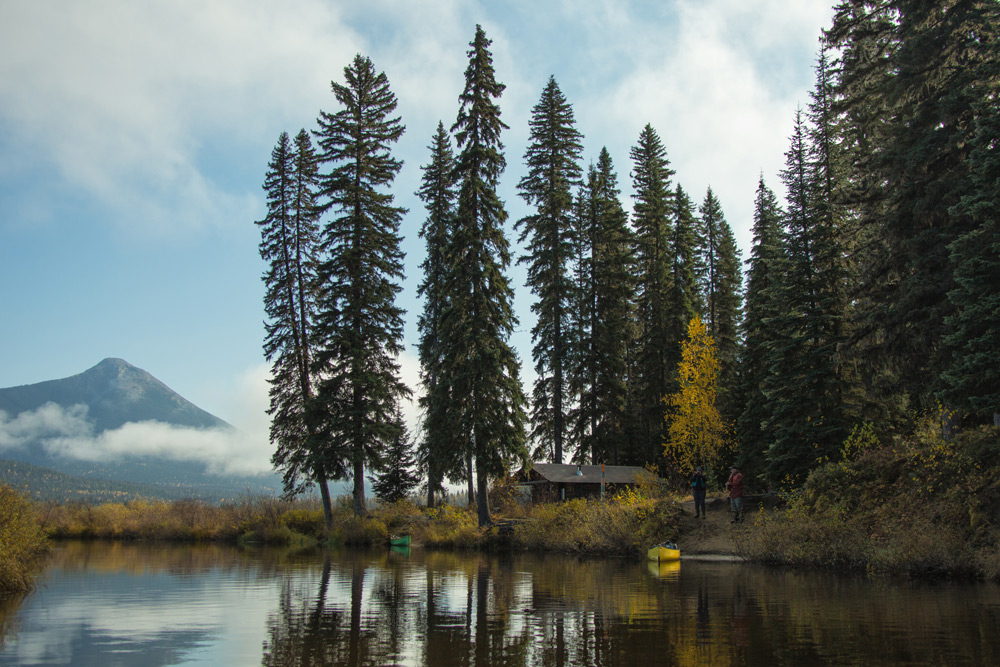
Dozens of kilometres paddled later, with sore arms and backs, with clothes and bodies grungy from four days of outdoor living, and with camera cards full of grass and scat photos, we left regrettably, still wanting to do more too.
How We Experienced Canoeing the Bowron Lakes
Sure, we could have planned it all ourselves and ventured out on our own to experience the Bowron Lakes. But we opted for a guided experience. Let the pros take care of the logistics so we could savour everything else the circuit offered. And we’re so happy we did so.
Dave and Cheryl run Whitegold Adventures and offer excursions year-round into the Bowron Lakes via hiking boots, skis, or canoes. While the Bowron Lakes Provincial Park is accessible without a guide, we are sure it would have been less compelling or rewarding. They also have accommodations, the Mountain Thyme Getaway and a restaurant (Bear’s Paw Cafe). We frequented both, enjoying the quirky comfort of the house and Cheryl’s delicious recipes at the cafe. Both are iconic in their small town of Wells and not to be missed!
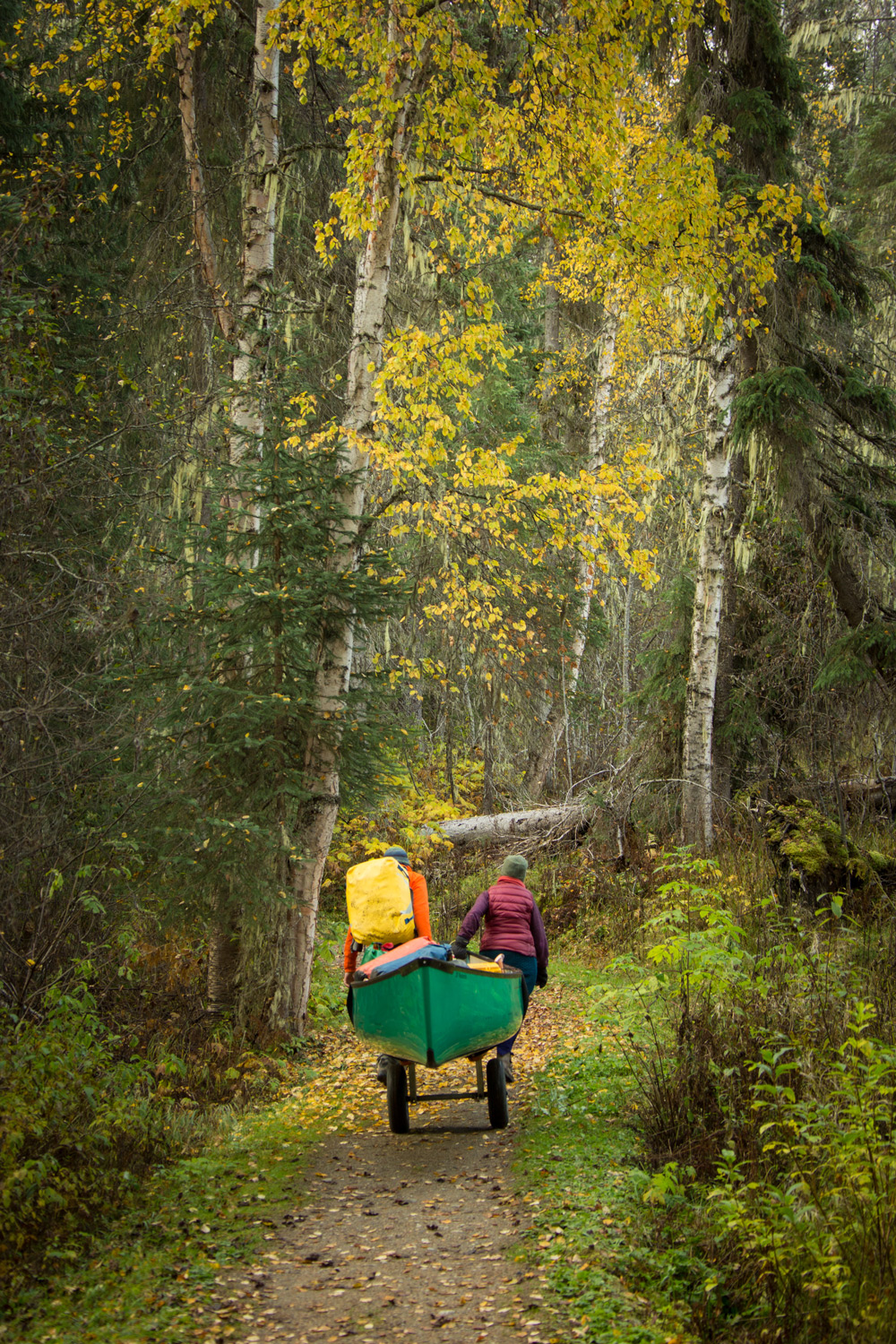

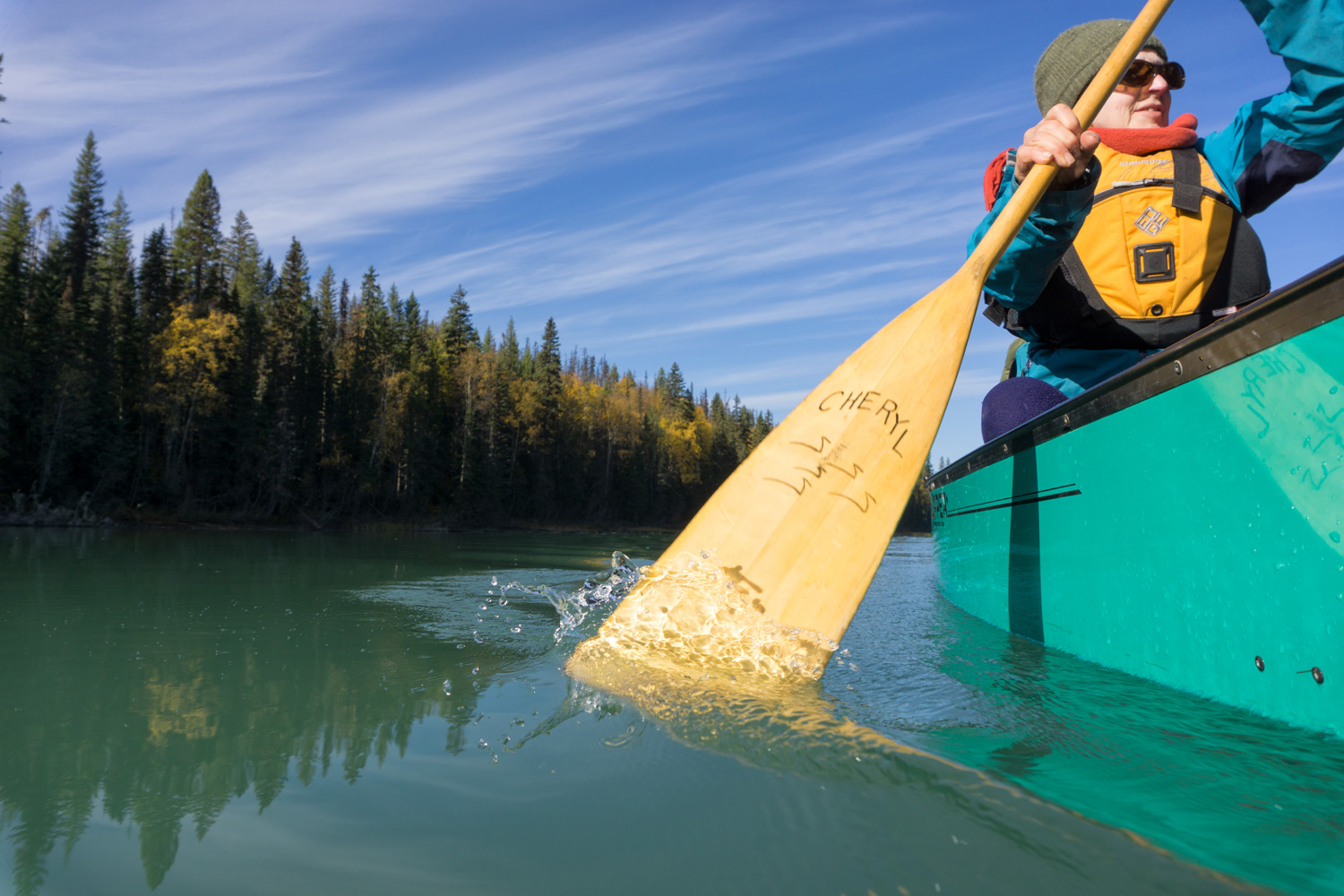
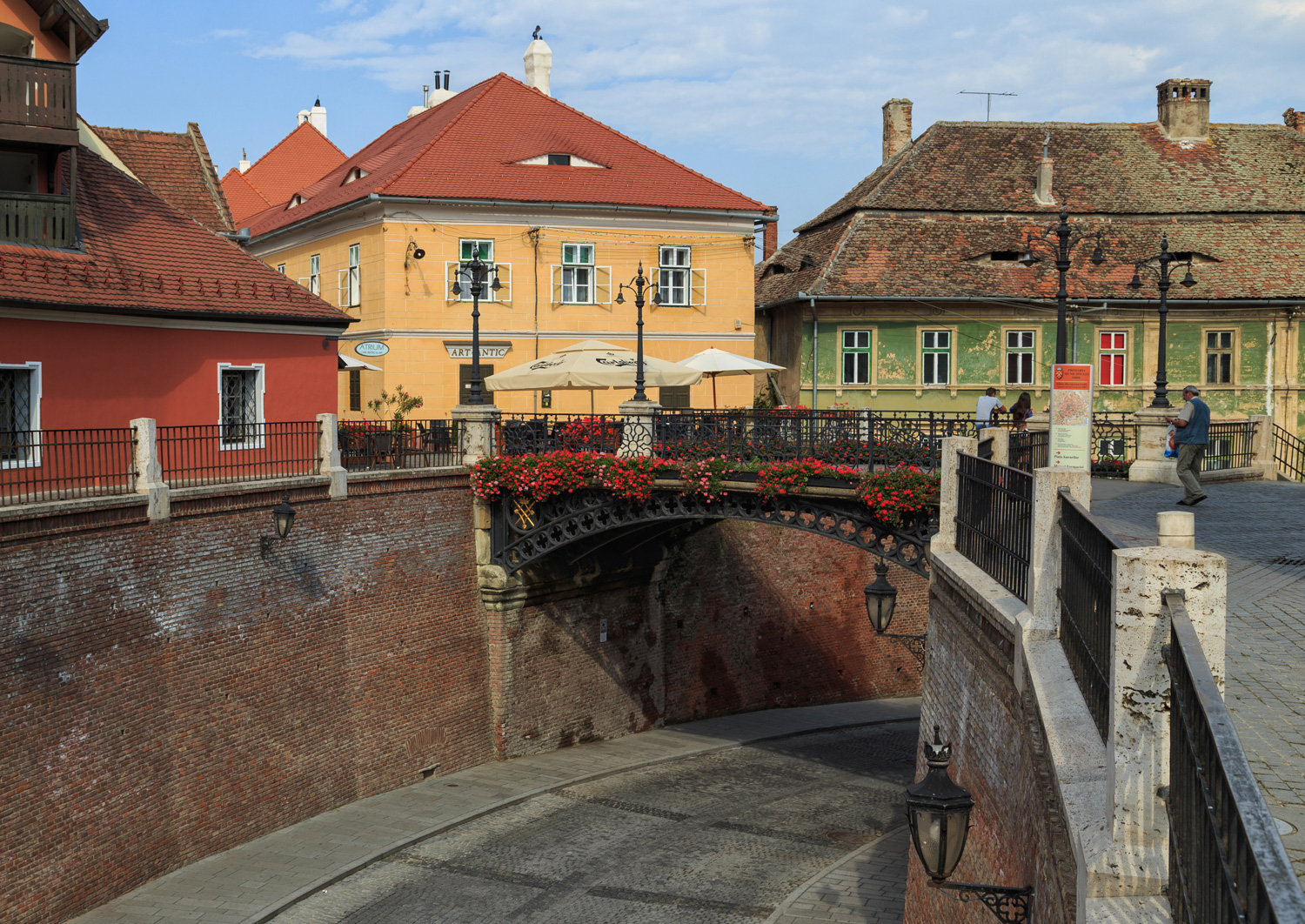
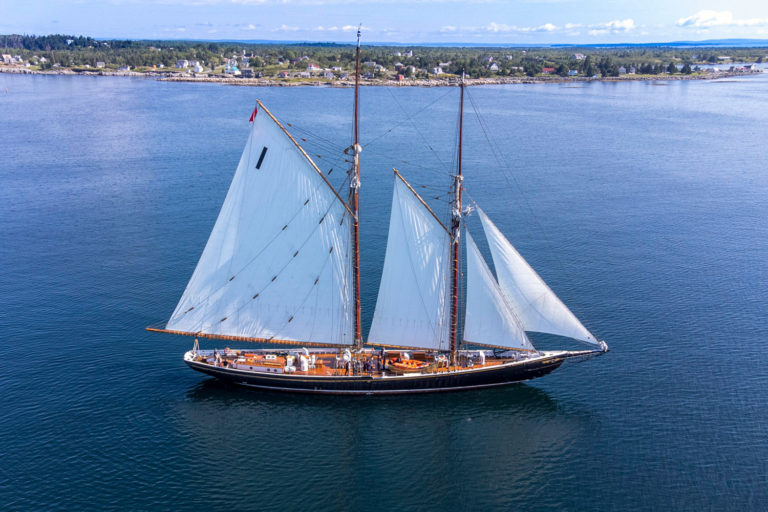
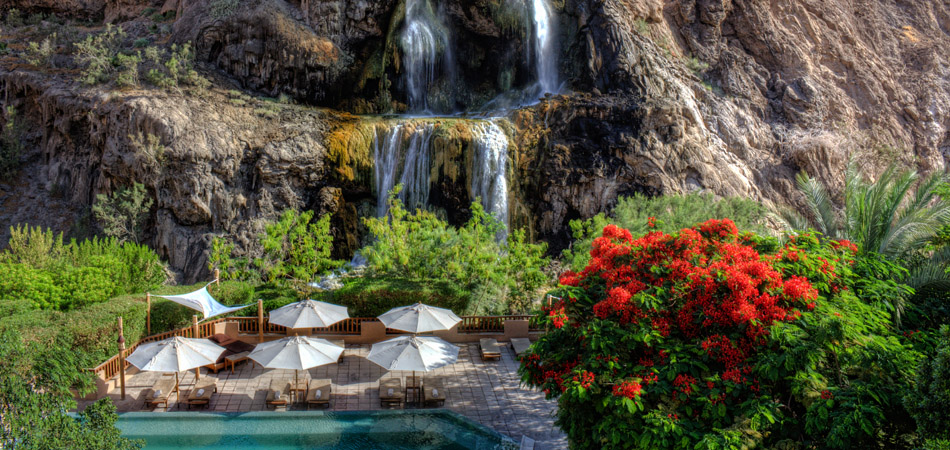
The story and pictures were fabulous!!!!! I want to go there.
Wow Pete!! You’ve out done yourself with the photos this time. Stunning pics and a lovely story Dalene.. Glad to see you both back at it!! ?
Hello Dalene and Pete: Thank you for sharing! Beautiful photos. It reminds me again just how much beauty we have in Canada. I feel better knowing that if for some reason I am never able to leave Canada (ie finances, circumstances) there is plenty to see right here! Best wishes for both of your good health and well being. Vicky
Lovely. I’ve been in Colorado for 25+ years now, and the only time I’ve ever been homesick for Canada was when I climbed into a friend’s kayak and started paddling. It brought back so many (kayak) paddling memories and those brought back many canoeing memories and I realized that water everywhere was the one thing I miss here in the semi-desert of the Front Range.